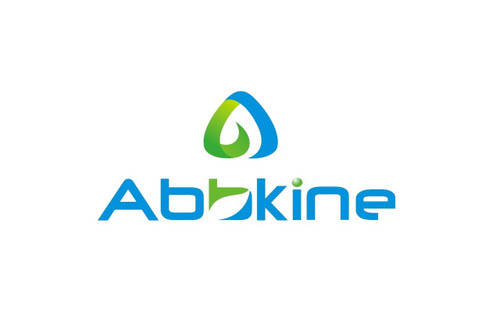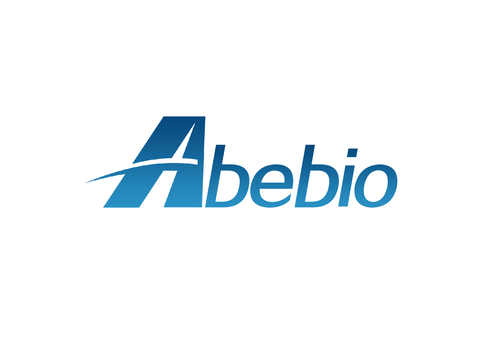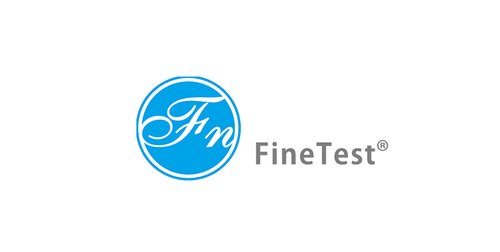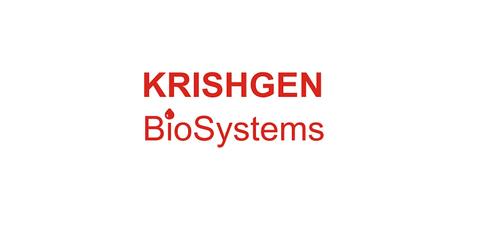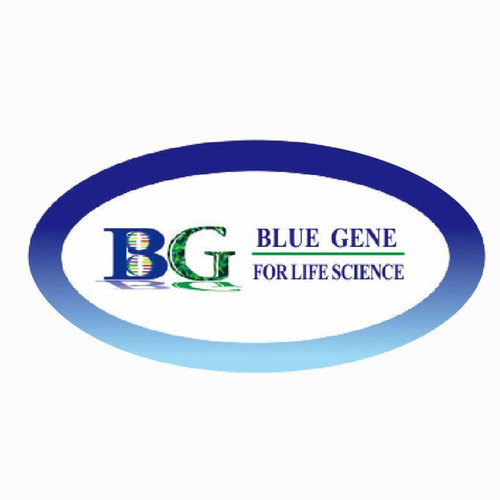Product Description
Human Cystine/glutamate transporter (SLC7A11) ELISA Kit | KTE60588 | Abbkine
Application: This Human Cystine/glutamate transporter (SLC7A11) ELISA Kit employs a two-site sandwich ELISA to quantitate SLC7A11 in samples. An antibody specific for SLC7A11 has been pre-coated onto a microplate. Standards and samples are pipetted into the wells and anySLC7A11 present is bound by the immobilized antibody. After removing any unbound substances, a biotin-conjugated antibody specific for SLC7A11 is added to the wells. After washing, Streptavidin conjugated Horseradish Peroxidase (HRP) is added to the wells. Following a wash to remove any unbound avidin-enzyme reagent, a substrate solution is added to the wells and color develops in proportion to the amount of SLC7A11 bound in the initial step. The color development is stopped and the intensity of the color is measured.
Detection Method: Colorimetric
Conjugate: N/A
Sample Type: Cell culture supernatants#Serum#Plasma#Other biological fluids
Assay Type: Multiple steps standard sandwich ELISA assay with a working time of 3-5 hours. It depends on the experience of the operation person.
Kit Component: • Human Cystine/glutamate transporter microplate
• Human Cystine/glutamate transporter standard
• Human Cystine/glutamate transporter detect antibody
• Streptavidin-HRP
• Standard diluent
• Assay buffer
• HRP substrate
• Stop solution
• Wash buffer
• Plate covers
Features & Benefits: Human Cystine/glutamate transporter (SLC7A11) ELISA Kit has high sensitivity and excellent specificity for detection of Human SLC7A11. No significant cross-reactivity or interference between Human SLC7A11 and analogues was observed.
Calibration Range: Please inquire
Limit Of Detection: Please inquire
Usage Note: • Do not mix components from different kit lots or use reagents beyond the kit expiration date.
• Allow all reagents to warm to room temperature for at least 30 minutes before opening.
• Pre-rinse the pipet tip with reagent, use fresh pipet tips for each sample, standard and reagent to avoid contamination.
• Unused wells must be kept desiccated at 4 °C in the sealed bag provided.
• Mix Thoroughly is very important for the result. It is recommended using low frequency oscillator or slight hand shaking every 10 minutes.
• It is recommended that all samples and standards be assayed in duplicate or triplicate.
Storage Instruction: The unopened kit should be stored at 2 - 8°C. After opening, please store refer to protocols.
Shipping: Gel pack with blue ice.
Precaution The product listed herein is for research use only and is not intended for use in human or clinical diagnosis. Suggested applications of our products are not recommendations to use our products in violation of any patent or as a license. We cannot be responsible for patent infringements or other violations that may occur with the use of this product.
Background: SLC7A11 is a member of a heteromeric Na (+) -independent anionic amino acid transport system highly specific for cystine and glutamate. In this system, designated system Xc (-), the anionic form of cystine is transported in exchange for glutamate. The deduced 502-amino acid protein had an apparent molecular mass of about 40 kD following in vitro translation in canine pancreatic microsomes. Mouse xCT was found to be extremely hydrophobic and was predicted to contain 12 membrane-spanning domains. Northern blot analysis of activated mouse macrophages detected transcripts of 12, 3.5, and 2.5 kb. Northern blot analysis of mouse tissues detected expression in brain, but not in other organs tested. The 501-amino acid XCT protein has 12 transmembrane domains and cytoplasmic N and C termini.
Alternative Names: SLC7A11; CCBR1; xCT; cystine/glutamate transporter
Search name: SLC7A11; CCBR1; xCT; cystine/glutamate transporter
Tag: SLC7A11
 Euro
Euro
 USD
USD
 British Pound
British Pound
 NULL
NULL



